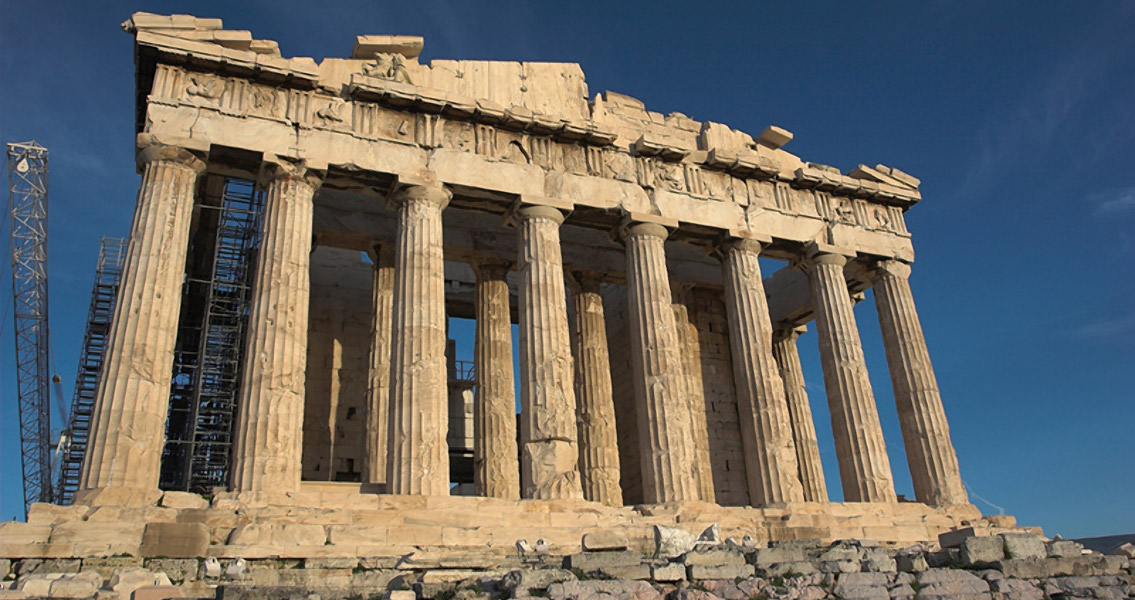<![CDATA[Not one but two mass graves have been discovered on the outskirts of Athens, Greece, complete with evidence that the ancient remains within could date to a tumultuous period of the city’s history. Around 80 sets of skeletal remains, thought to be exclusively young men based on the excellent condition of their teeth, have been found during excavations preceding new construction on the seaside outskirts of the modern Greek capital at the site of what will soon become the new Greek National Opera and the country’s National Library. Based on a set of two small vases that were found alongside the pair of mass graves, which have been dated to between 675 BCE and 650 BCE, archaeologists have surmised that the 80 men, many of which were found bound in iron wrist shackles, may have been the followers of Cylon of Athens, a would-be tyrant that attempted a coup during the period. His followers were infamously executed after the coup failed. According to an article appearing in Discovery Online, Stella Chryssoulaki, the director of archaeological services in the region, presented the findings and her team’s theories to Greece’s Central Archaeological Council earlier this week. The council, which is tasked with preserving the cultural heritage of a country that can trace its origins back to some of the first known Western civilizations, reportedly decided to launch additional investigations into the grave sites, citing the possible importance of the archaeological find. The time period in question was known for high levels of political turmoil, the ministry remarked, especially as the coup and its aftermath represent how resistant Athenian aristocrats were to a political landscape that was slowly metamorphosing into one of the first democracies. Both Thucydides and Herodotus chronicle Cylon’s attempted coup. A nobleman that had once earned renown as an Olympic champion, Cylon and his followers attempted to seize power in the seventh century BCE; however, the attempt was thwarted by the majority of Athenians at the time. This caused Cylon to retreat, fleeing the city and abandoning his supporters to shelter in the Acropolis. While today the edifice is known primarily as a major tourist draw for Athens, at the time of Cylon’s life it was known as a near-impenetrable fortress. In fact, the nobleman’s former followers weren’t removed by force – it was only after promises they would be safe had been extracted from the archons of the city that the cornered rebels emerged. Unfortunately, these assurances would prove to be hollow. The Athenian archon Megacles violated the agreement and had the men killed. For his transgressions, both Megacles and his entire clan line, the politically powerful Alcmaeonidae, were banished from Athens. The betrayal was considered a sacrilegious act, as the men had surrendered peacefully and were killed on their way to trial. As for the fate of Cylon after his followers were betrayed and killed, history has no answers. However, if the mass graves discovered are indeed filled with the slain followers of the former Olympic champion, they have the potential to shed new light on the historical incident. ]]>
Ancient Mass Graves Uncovered in Outskirts of Athens
